Our partners
Trusted by
1000+ IT Solution Providers and Enterprises
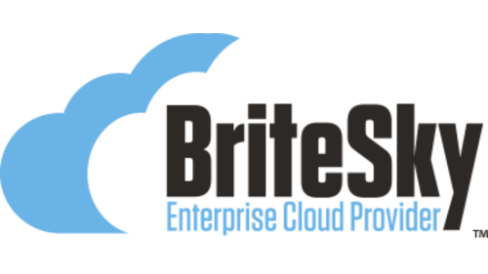
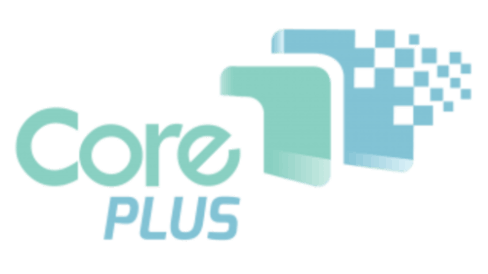
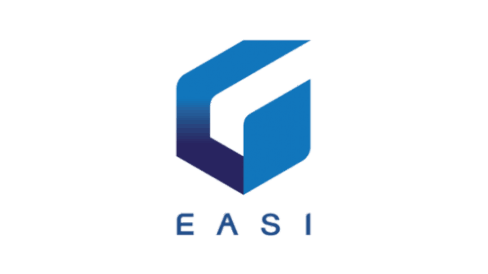
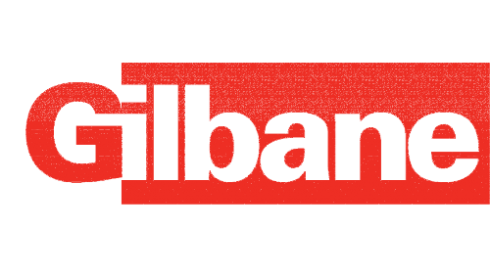
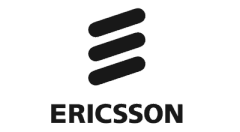
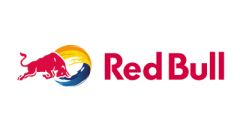

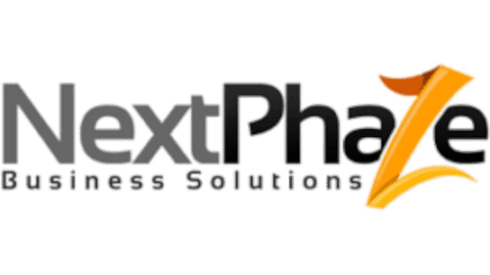
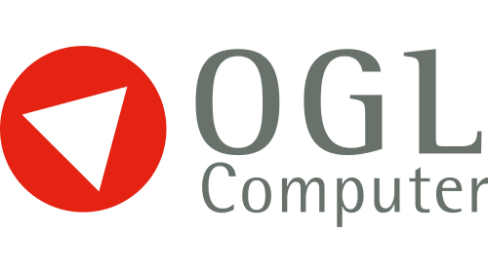
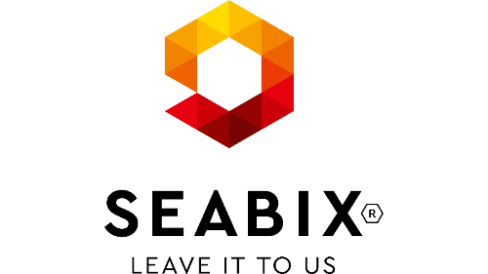
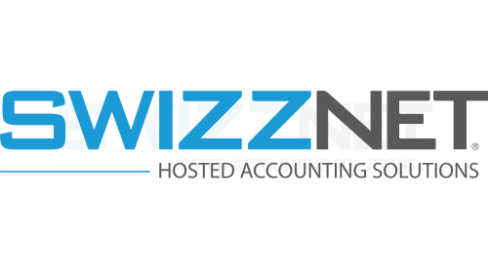
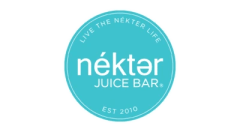
CentreStack's remote backup solution is storage agnostic, allowing you to self-host the backup server with self-defined destination storage service.












"Everybody globally has access to the same files, which are all up-to-date and accurate, from a system that's also secure and easy to implement."

CHRISTOPHER JESMAN
Director
Panorama Antennas
"Now we can go to any healthcare provider in the Netherlands and say this is all functioning according to Dutch healthcare regulations."

ROB CHRIST
Director & Co-owner
Damecon
"CentreStack is the best file server replacement solution on the market. They aren't just leading the market, but they basically created a new market."

STEPHEN MONK
CEO
Noverus
Enterprises traditionally use on-premise devices to store their backup files from servers and desktops on the corporate network. While this is a secure solution because the data is stored in the appliance, access to the backup data from remote devices is a challenge. Remote devices are not always within the corporate network, and the VPN of remote devices is not always available to meet specific backup schedules.
There are cloud backup solutions such as Carbonite and CrashPlan that can back up remote devices directly to the cloud. However, the backup destination is controlled by a third party. This becomes problematic when corporate policies prevent data replication and storage at third-party controlled locations.

In the traditional enterprise backup model, everything is owned by the internal IT department, including the backup appliance. This is fine for compliance and regulation until third-party cloud backup solutions are introduced. When company-owned data is backed up to cloud storage services, data ownership is redefined and the compliance and regulation procedures must be updated to include the new cloud storage backup services.
A good solution is to continue to own the backup appliances and own the definition of a backup destination storage service, including nearby file servers or company-owned Amazon S3 or Windows Azure storage accounts. A self-hosted backup server gives you the control and ownership you want.

CentreStack cloud backup solves both of these problems. First, the CentreStack server maintains connection with remote PCs and file servers over HTTPS/SSL, so the connection is always on. This means that remote PCs and file servers can always use CentreStack's communication and data channel to back up via the CentreStack backup appliance. And because CentreStack cloud backup is storage agnostic and you can back up to a storage service under your control, you can now provide continuous backups of your file servers and endpoints to a storage service under your control.
CentreStack adds secure remote access and file sharing, disaster prevention and recovery, to file servers on-premises with easy cloud backup to private cloud storage. It is a private cloud backup and private file sharing solution you have been looking for!
CentreStack is privately hosted by the corporation itself. It is privacy by design without shared-hosting with other companies.
Compliance center provides features such as GDPR and HIPAA checklists.
There are many control parameters from permissions, group and access policies to audit trace and file download logging.
Security measures covering data-at-rest, data-in-transit, authentication integration with Active Directory and NTFS permissions.
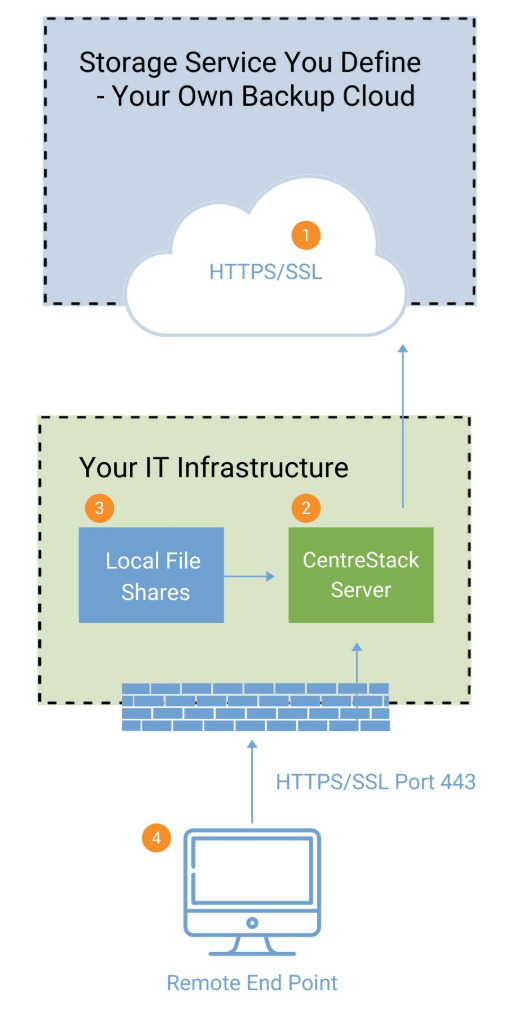
Plan where you want to set your backup storage destination. This can be in the Amazon cloud, the Azure cloud, or another data center of your choice.
Turn on CentreStack's cloud backup feature. During configuration, set the backup storage service to your chosen location.
Your local file server is backed up to the location you selected using the CentreStack server.
Both remote PCs and file servers have agent software that connects them to the CentreStack server over HTTPS/SSL for backup and restore.
CentreStack works like an on-premise backup appliance. On the one hand, it has connectivity to remote devices and on-premise file servers. On the other, it connects to self-defined cloud storage destinations for backup. In addition, the usual mobile remote access and secure file sharing features are still present.
Create a free backup alliance that also provides remote mobile access and secure file sharing.
Use HTTPS for folder-based backup of any endpoint. Snapshots stored on the appliance are replicated to the CentreStack backup target, which can be customized.
You pay only a small license fee for each user. There are no additional license fees for file servers or user devices.
Mapped drives delay downloads until files are opened and cached locally for fast future access, significantly reducing bandwidth and storage consumption. Users get local performance when working remotely.
Secure data transfers are initiated during natural workflows from mapped drives, mobile applications, or browsers, so users don't have to learn new secure behaviors.
Provide the same simplified experience for internal and external users, even when offline.

Remote devices connected to the CentreStack server can be backed up to CentreStack and the cloud.
File servers connected directly or remotely to the CentreStack server can back up network shares to the cloud.
Network shares from file servers are placed under version control for added protection.
Snapshot backup is available for folders on the remote endpoint or on file server network shares.

An on-premises file server and a remote cloud can work together to form a hybrid cloud file server.
Employees can use a mapped drive to access files and folders without requiring a VPN.
Mobile apps from iOS and Android devices are available to access files and folders.
Files and folders and backup copies are available through web browser interfaces.